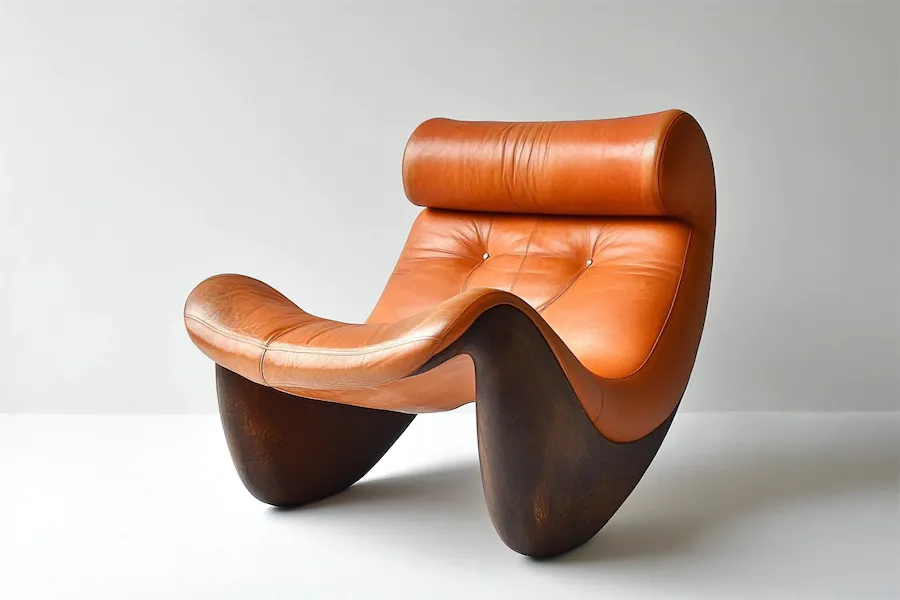Modernist leather chairs are iconic pieces that blend functionality with aesthetic appeal, embodying the principles of the modernist movement. This article explores their history, key features, applications, considerations for selection, and concludes with insights into their enduring significance.
Introduction to Modernist Leather Chairs
Modernist leather chairs emerged in the early 20th century as part of the broader modernist design movement, which emphasized simplicity, functionality, and the use of new materials and technologies. These chairs are characterized by their clean lines, geometric forms, and the integration of leather with materials like tubular steel and molded plywood. The combination of high-quality leather with innovative design techniques resulted in furniture that was both comfortable and visually striking.
History and Origins of Modernist Leather Chairs
The evolution of modernist leather chairs is closely tied to the works of pioneering designers:
- Marcel Breuer’s Wassily Chair (1925–1926): Inspired by the frame of a bicycle, Breuer designed the Wassily Chair using tubular steel and leather straps, creating a lightweight yet sturdy structure. This design was revolutionary, showcasing the potential of industrial materials in furniture design.
- Ludwig Mies van der Rohe and Lilly Reich’s Barcelona Chair (1929): Designed for the German Pavilion at the 1929 International Exposition in Barcelona, this chair features a sleek stainless steel frame and leather upholstery. It exemplifies the “less is more” philosophy, combining elegance with simplicity.
- Charles and Ray Eames’ Lounge Chair and Ottoman (1956): This iconic set utilizes molded plywood and leather, offering a comfortable and stylish seating option. The design was inspired by a first baseman’s baseball mitt, aiming to provide a warm and receptive look.
Key Features of Modernist Leather Chairs
Modernist leather chairs are distinguished by several key features:
- Use of Industrial Materials: Incorporation of materials like tubular steel, molded plywood, and high-quality leather.
- Functional Design: Emphasis on ergonomics and comfort without unnecessary ornamentation.
- Geometric Forms: Utilization of clean lines and geometric shapes to create a sense of order and harmony.
- Minimalist Aesthetics: Focus on simplicity and the elimination of superfluous details.
Applications of Modernist Leather Chairs
The versatility of modernist leather chairs allows them to be used in various settings:
- Residential Spaces: Serve as statement pieces in living rooms, studies, or bedrooms, complementing contemporary and minimalist interiors.
- Office Environments: Enhance the aesthetic appeal of executive offices, conference rooms, or reception areas, conveying professionalism and sophistication.
- Commercial Areas: Feature in high-end hotels, restaurants, and lounges, offering patrons comfort while contributing to a modern and luxurious ambiance.
Considerations When Choosing a Modernist Leather Chair
When selecting a modernist leather chair, consider the following factors:
- Authenticity: Verify the authenticity of the design, especially when purchasing iconic pieces, to ensure quality and value.
- Material Quality: Assess the quality of the leather and other materials used, as this affects durability and comfort.
- Design Compatibility: Ensure the chair’s design aligns with your existing décor and personal aesthetic preferences.
- Maintenance: Consider the care requirements for leather furniture to maintain its appearance over time.
Conclusion
Modernist leather chairs remain timeless pieces that encapsulate the essence of modernist design principles. Their blend of functionality, simplicity, and aesthetic appeal continues to influence contemporary furniture design, making them a valuable addition to various interior settings.
